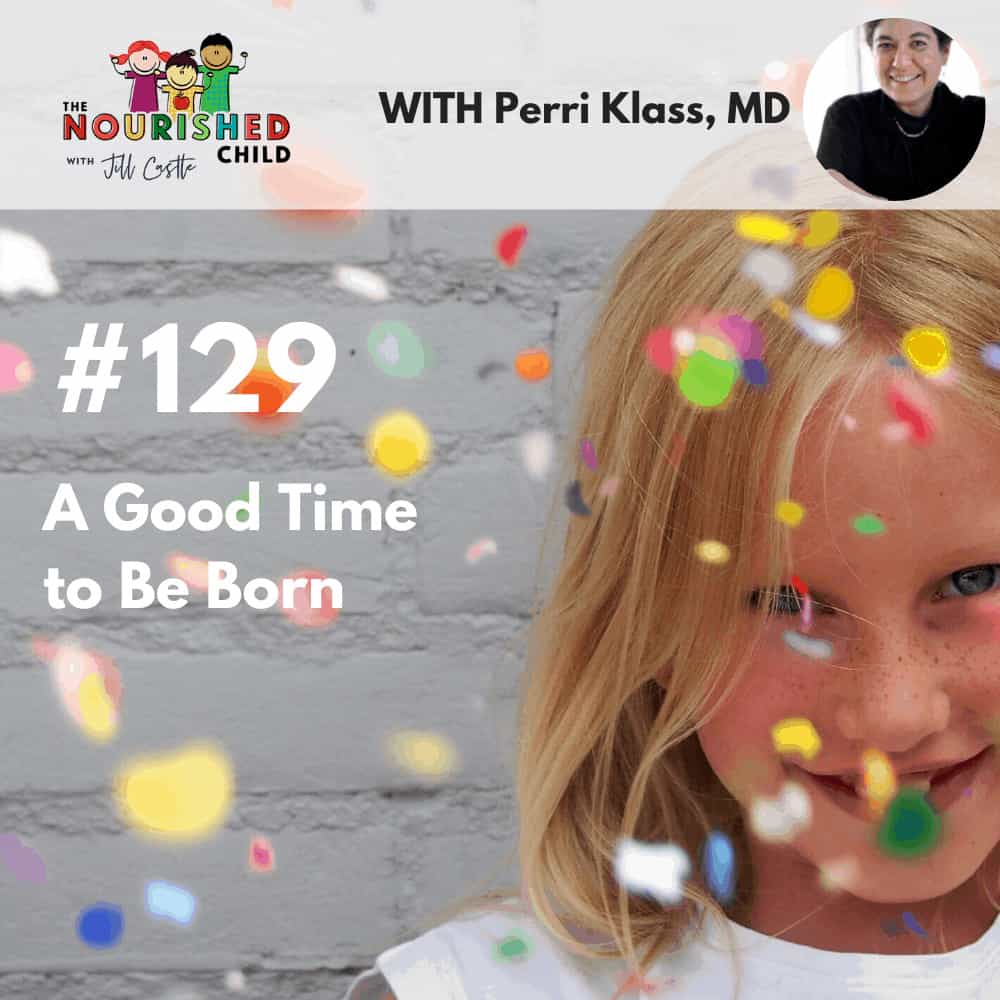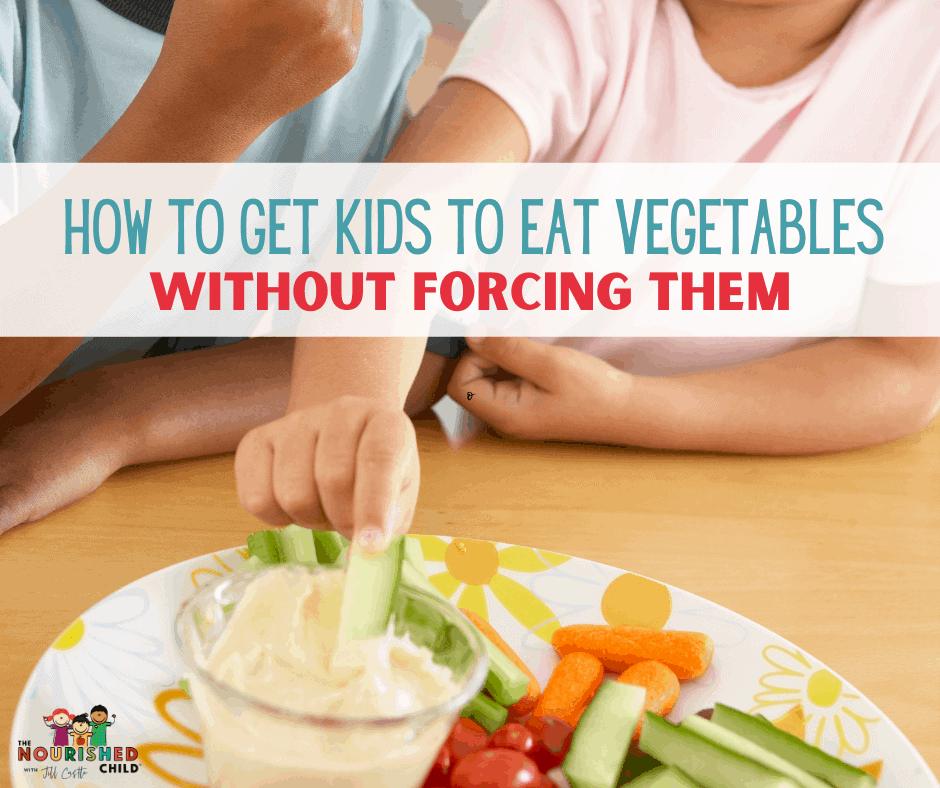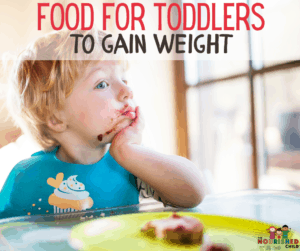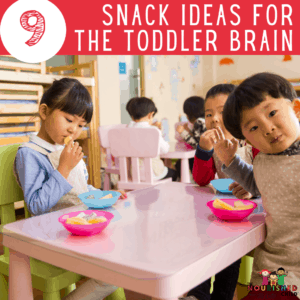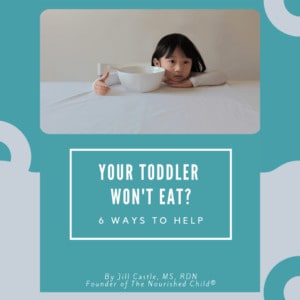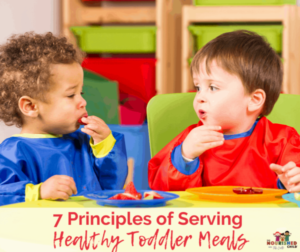How to Get Through the Toddler Picky Eating Phase (Fast!)
February 19, 2021
Parents of picky eaters! Learn how to navigate the toddler picky eating phase in young children with the P.R.A.I.S.E. Method.
Does your toddler refuse new foods or foods he used to like when he was a baby?
If your child refuses to eat anything, you’re in the right place.
Raising fussy eaters can be frustrating. Battles at the table are disruptive and meal-stress affects the entire family, not to mention family meals.
You’re stressed after a busy day and tired of making separate meals.
But you’re not alone. In a study of 88 siblings, parents described 68% of the kids as picky eaters.
So how do you get a toddler picky eater to eat different foods?
Use P.R.A.I.S.E., an acronym to help you manage picky eating habits and unfamiliar foods during the toddler years.
P.R.A.I.S.E. is a strategy to shift your mindset and help your toddler eat a wide variety of foods.
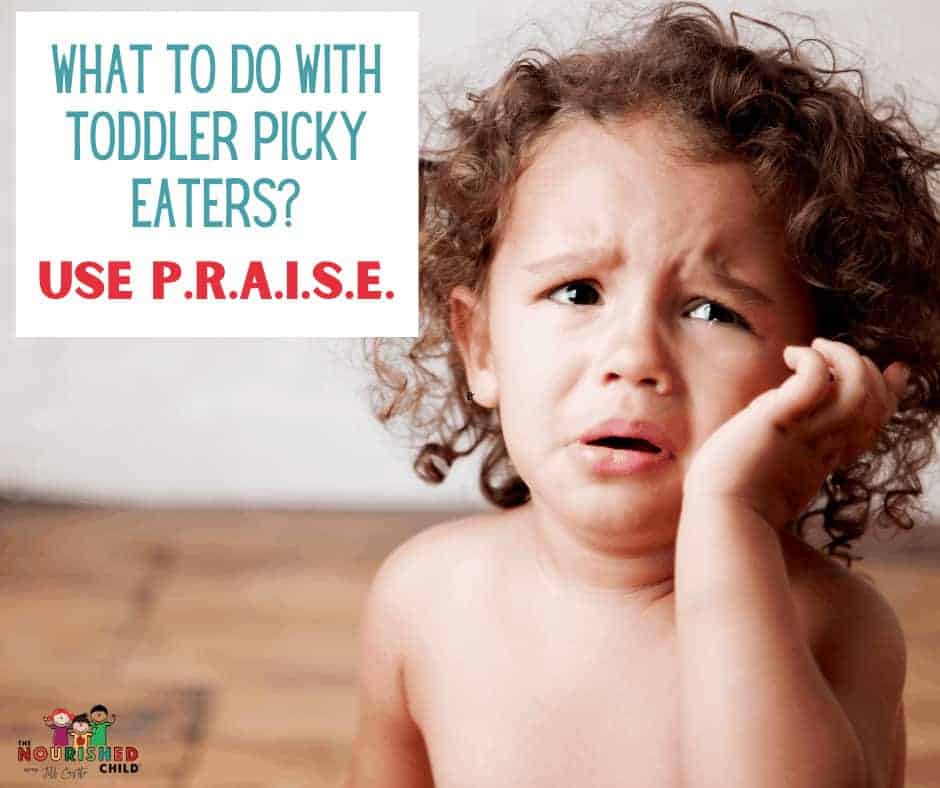
PRAISE Helps You Navigate the Toddler Picky Eating Phase
P.R.A.I.S.E. stands for patience, reactions, autonomy, interference, structure, and expectations. Learn about each of these so you can help your child cruise through the toddler picky eating phase faster.
Patience with Fussy Eating
The picky eating phase begins around age 2 and can last until age 6. It’s not uncommon for young children to have a fear of new foods (also called food neophobia), refuse foods they once liked, and be erractic with their appetite. So you need to have patience.
The phase can last 4 years, and progress is usually slow. One day your toddler tries a new food and the next day he might refuse it again.
Don’t give up!
Be patient. You’ll feel better about the process, and so will your toddler.
Reactions to Food Intake
Frustration, anger, despair and even hopelessness are not uncommon when you’ve been dealing with picky eating. Those feelings are understandable.
But it’s a good idea not to react to your child’s picky eating.
Maybe you’re commenting on eating, bribing, and negotiating with your toddler at the table.
Or maybe you think the only way to get your toddler to eat is by showing your disapproval or disappointment.
But reacting to your fussy toddler probably hasn’t changed his eating behavior. And it may have ignited a power struggle.
Your child’s reaction to new foods isn’t the only source of meal-stress and food power struggles. Your reaction is a big factor in the family’s meal times and the environment at the dinner table.
Don’t comment about your child’s eating (good or bad) and respect your child’s food preferences and appetite.
So, when your child refuses to eat something, calmly take the food away.
Remain as neutral as possible.
Autonomy Has an Important Role
Your picky toddler needs to have some independence. So allow him more autonomy at meals and snacks.
Help your child build this by encouraging his ownership over food decisions and eating. Here are some ways you can do that:
- Let him feed himself. Offer finger food and small portions so he’s able to eat on his own.
- Give your child a choice of food. Offer two similar items and let your child choose which one he wants. For example, ask him if wants toast or crackers. Or give him a choice between strawberry or blueberry yogurt,
- Allow your child to refuse to eat. When your child refuses to eat something, let him not eat it. Don’t create a big ordeal. And never force him to eat.
Autonomy is the end goal for all eaters, so allow your child to explore, taste and discover nutritious foods.
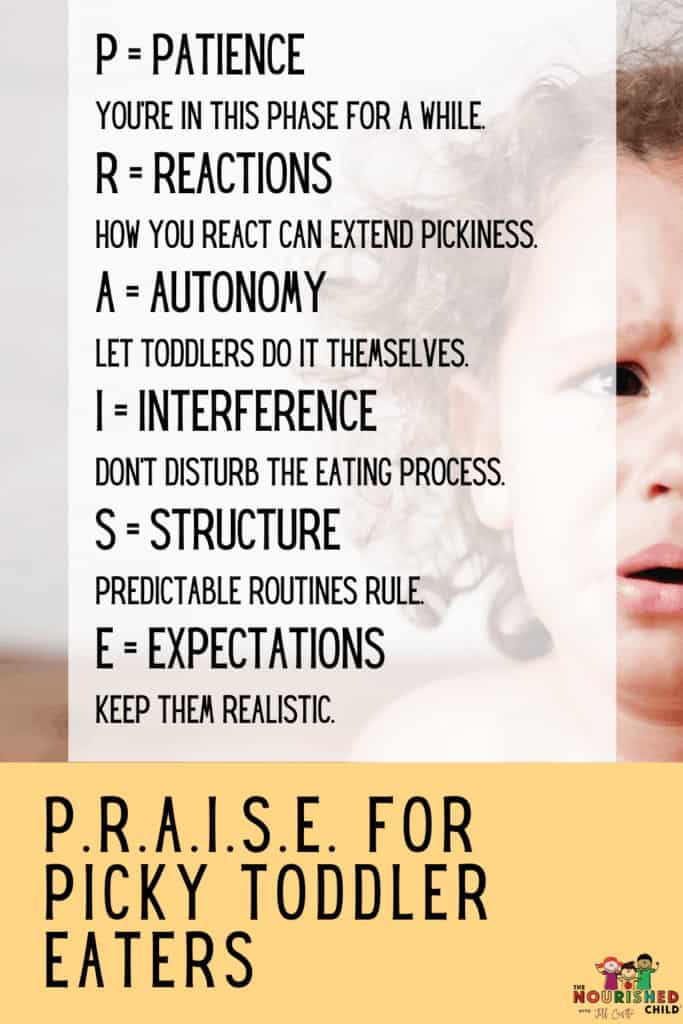
Interference at the Dining Table
Don’t interfere when your toddler’s eating, unless he needs help. That means while he’s eating:
- Don’t wipe his face
- Don’t ask him to take another bite
- Don’t beg him to finish
- Don’t force-feed him
A toddler’s motor skills are still developing. Eating on his own is going to be messy but stay hands off. Wait until the meal is over to clean it up.
So what if he has oatmeal all over his face? Encouraging him to eat on his own is more important. After he’s finished eating, give him the choice to clean his own face. Show him how to do it and maybe have him sit in front of a mirror so he can see himself wipe his face.
Is your child only eating one food item and neglecting everything else on the plate? Don’t say a word.
Interfering when your child eats distracts him from how food tastes, smells and feels in his tummy. Over time, he may lose motivation to eat and his picky eating behavior may worsen.
Allow your toddler to eat independently, even if that means making a mess or not finishing his meal. Don’t worry. Toddlers do a pretty good job of eating more after a light meal, ensuring they get enough food.
Structure Encourages a Healthy Diet
The timing of meals and snacks is very important. Toddlers love predictability.
What time do you serve breakfast, lunch and dinner?
What time are you serving their 3 snacks for the day?
Be on time, consistent, and predictable with the same routine. It builds security for them.
Pick out a regular place they can eat their meals and snacks and be consistent. Have your child sit in the same place and in the same chair with no distractions.
Distractions like watching TV, playing with toys or eating at a cluttered table may disturb recognition of appetite cues. Your child may not be able to experience the taste and texture of food when he’s distracted.
Paying attention during meals and snacks will help build a connection between food and how food feels in the belly. Your toddler will learn what it feels to be satisfied and be aware of the desire to stop eating.
So turn off the television and put the toys away while your toddler eats.
Expectations for Young Toddlers
Keep your expectations realistic.
Toddlers go on food jags and want the same foods over and over again. Food jags are common. Don’t worry that your child wants a hot dog every day for a few days or weeks. It’s temporary.
Food refusal is also very common. Suddenly, they may stop eating the foods they loved as babies. It’s confusing and frustrating. But very common.
Your toddler needs a warm-up period. They need to see new foods, touch them, and play with them before they want to try them.
Let go of unrealistic expectations. Don’t lose hope. Your child will eventually try new foods and accept a variety of healthy foods.
Remember, the acronym P.R.A.I.S.E. will keep you calmer and help you sail through the picky eating phase faster and with a little less frustration.
Food battles with toddler picky eaters affect the entire family. Change your mindset and create a positive experience for everyone at the table.
Try these strategies to help you stay sane at meal time!
[Watch P.R.A.I.S.E. for Picky Toddler Eaters on YouTube!]
Need More Help with Feeding Toddlers?
These articles help you dive in deeper:
- Food for Toddlers to Gain Weight and Grow
- How to Raise a Good Eater
- Self-Feeding Tips for Babies and Toddlers
- Toddler Portion Sizes: How Much to Feed Tots
- How to Get Kids to Eat Veggies without Forcing Them
- How to Help Picky Eaters Gain Weight
- How to Prevent Picky Eating
Be sure to check out The Ultimate Guide to Feeding the Picky Eater!
Or, head over to our on demand library of videos and booklets about child nutrition and feeding kids.

